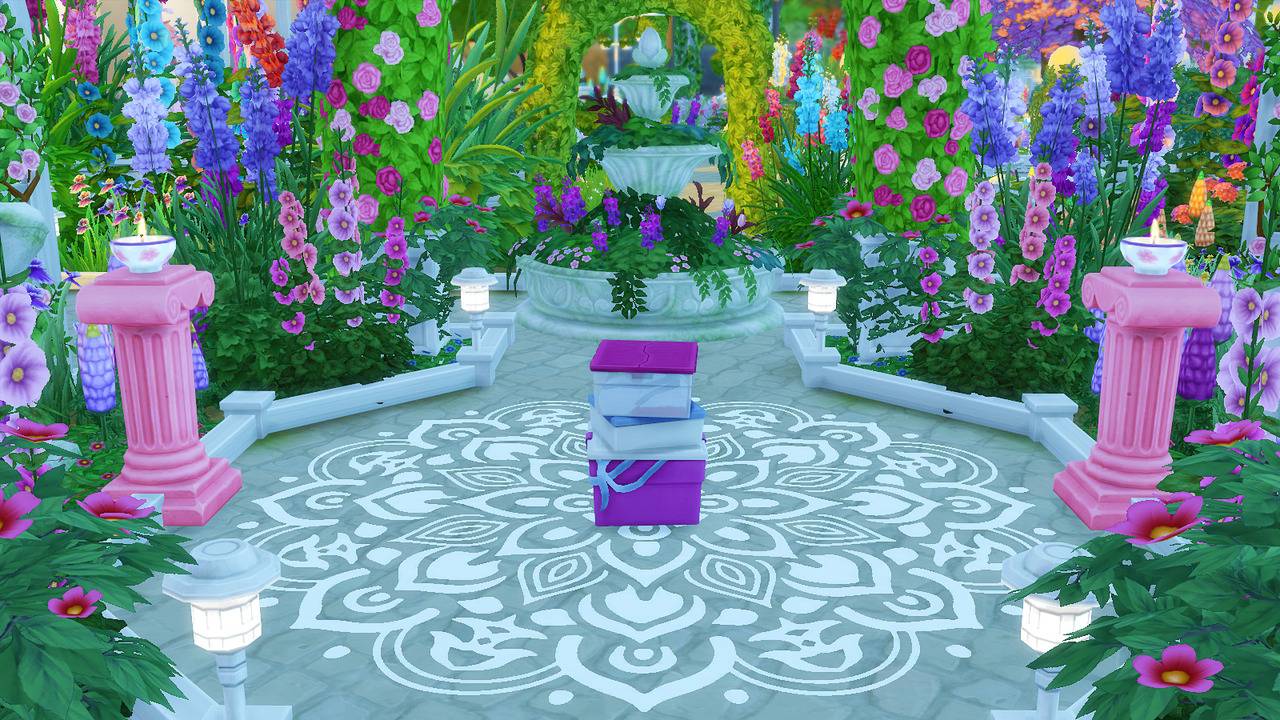5 Ways to Use Text-Decoration Wisely in CSS

When it comes to web design, CSS is your go-to toolkit for making a website visually appealing. One often-overlooked aspect of this toolkit is the text-decoration property. This attribute plays a significant role in styling your text, allowing you to make it more readable and expressive. Here, we'll explore five strategic ways to use text-decoration to enhance your website's design without compromising on usability or readability.
1. Underline for Links

The traditional use of text-decoration: underline; is to underline hyperlinks. However, in modern web design, you might want to consider alternatives to avoid visual clutter:
- No Underline by Default: Set your links with
text-decoration: none;to keep the page clean, then add underline on hover to guide the user's attention. - Colorful Hover Effect: Use a contrasting color or a subtle animation when the user hovers over links to indicate clickability.
💡 Note: Although underlining has been a standard for links, overuse can lead to a cluttered appearance, diminishing the focus on content.
2. Overline for Announcements

An often underused style, text-decoration: overline; can serve as a unique marker for announcements or special promotions. Here's how to utilize it effectively:
- Select a distinct color for the overline to grab attention without overwhelming the reader.
- Use it sparingly. Too many overlines can be confusing, and it's best reserved for special occasions or time-sensitive information.
3. Line-Through for Sales or Special Status

text-decoration: line-through; is commonly used to indicate:
- Crossed out prices to show discounts.
- Completed tasks in to-do lists.
- Items that are no longer available or out of stock.
When implementing line-through:
- Ensure the line is of a suitable thickness and color to be visible but not overpowering.
- Accompany the line-through with text to explain the status change (e.g., "Sold Out" or "Discount").
4. Blink for Caution

The text-decoration: blink; property might not work in all modern browsers due to its potential to annoy users, but for specific purposes, it can be useful:
- To draw immediate attention to warnings or alerts.
- For dynamic elements like countdown timers or live notifications.
⚠️ Note: Blink should be used judiciously to avoid negative user experiences. Test in multiple browsers as compatibility varies.
5. None for Clarity

Sometimes, the best use of text-decoration is to explicitly set it to none to:
- Prevent inheritance of unwanted decorations from parent elements.
- Clean up text formatting to ensure content focus.
- Remove decorations on elements where they might appear due to default browser styles.
🔍 Note: Setting text-decoration: none; will override any inherited or default decorations, providing you with complete control over text appearance.
To wrap up, while text-decoration might seem like a simple property, its application can significantly affect the user experience. Remember to:
- Keep usability at the forefront of your design choices.
- Use decorations to guide user interaction, not overwhelm.
- Test your designs on various devices and browsers to ensure consistency.
What is the purpose of text-decoration in CSS?

+
Text-decoration is used to add or remove decorations from text, such as underlines, overlines, line-throughs, or blinking effects, enhancing readability and user interaction.
Is it bad to underline all text elements on a page?

+
Yes, overuse of underlines can clutter your design and make it difficult for users to identify clickable links. Use underlines sparingly and strategically.
Can I use text-decoration on all HTML elements?

+
Yes, text-decoration can be applied to most inline and block-level elements to modify their text styling. However, for certain elements, it might not be visually appropriate or effective.



